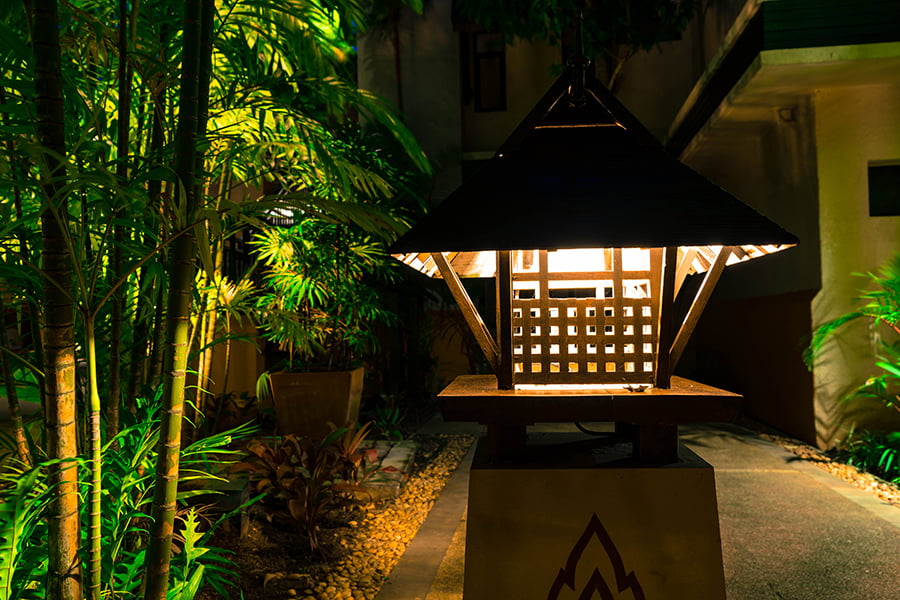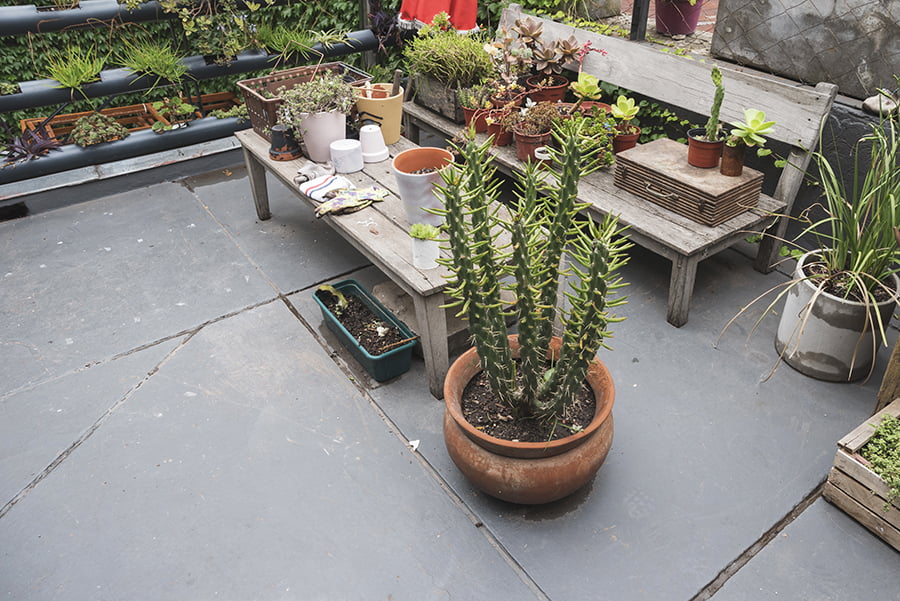Landscaping can be used to improve the energy efficiency of your home by planting trees and shrubs to provide shade, creating windbreaks to reduce air infiltration, and using mulch to insulate the soil.
Landscaping can be a great way to improve the energy efficiency of your home. Not only can it help reduce the amount of energy used to heat and cool your home, but it can also provide shade and insulation that will help keep your home comfortable year-round.
In this blog post, we’ll discuss some of the ways you can use landscaping to increase the energy efficiency of your home. From planting trees to creating windbreaks, planting ivy plants to create breathtaking living walls, and to the roof gardens, there are many simple and effective strategies you can use to make sure your landscape is working for you!
Plant Trees and Shrubs to Provide Shade

Trees and shrubs provide shade, which helps keep your house cooler in the summer months. This reduces the need for air conditioning, which can be a major source of energy consumption.
Deciduous trees will lose their leaves in winter, allowing sunlight to reach your windows and help warm up the interior of your home. By strategically placing trees and shrubs around your property you can reduce both heating and cooling costs while also improving the aesthetic appeal of your landscape.
Install a Green Roof
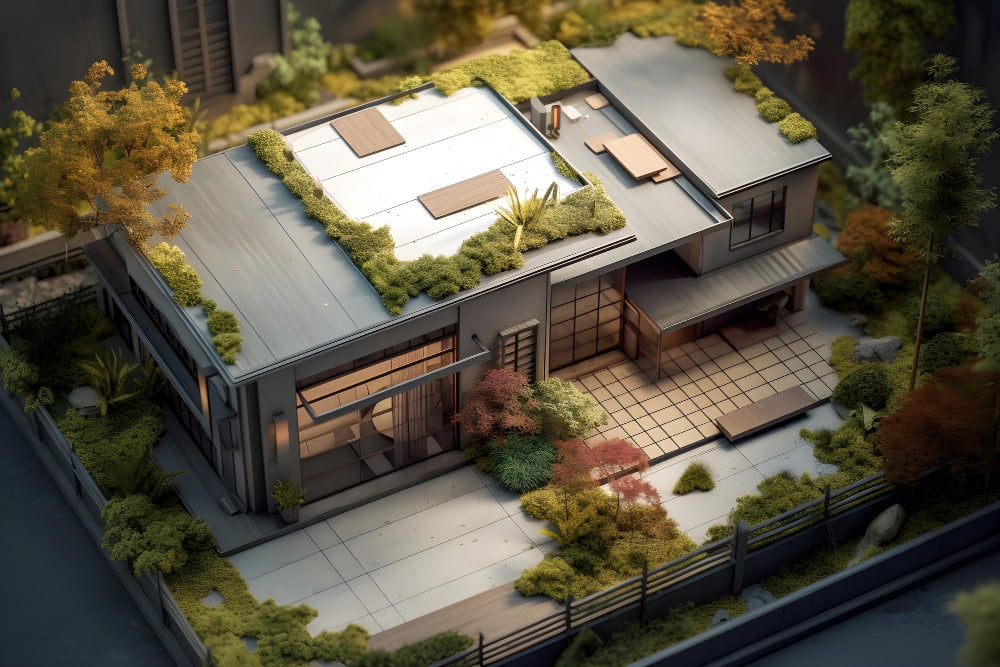
A green roof is a layer of vegetation, such as grasses, shrubs, and flowers, that is planted on top of your existing roof. This layer helps to insulate the building from extreme temperatures and reduce energy costs by keeping the interior cooler in summer and warmer in winter.
It can help absorb rainwater runoff which reduces strain on local drainage systems. Green roofs also provide habitat for wildlife and create an aesthetically pleasing outdoor space for homeowners to enjoy.
Utilize Permeable Paving Materials
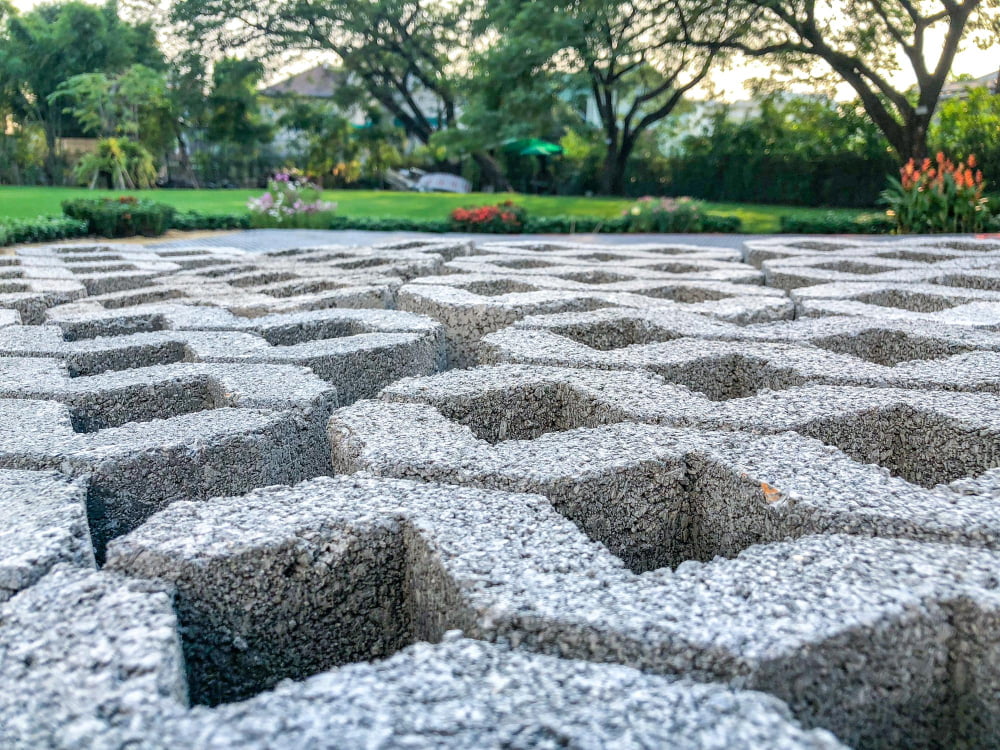
These materials allow water to pass through them, reducing runoff and helping to keep the soil moist. This helps reduce the amount of energy needed for irrigation, as well as keeping temperatures around the home cooler in hot weather.
Permeable paving materials can help reduce air pollution by allowing rainwater to filter into the ground instead of running off into storm drains or other bodies of water. By using these materials in landscaping projects such as driveways and walkways, homeowners can make their homes more energy efficient while also improving their local environment.
Incorporate Solar Panels Into the Landscape Design
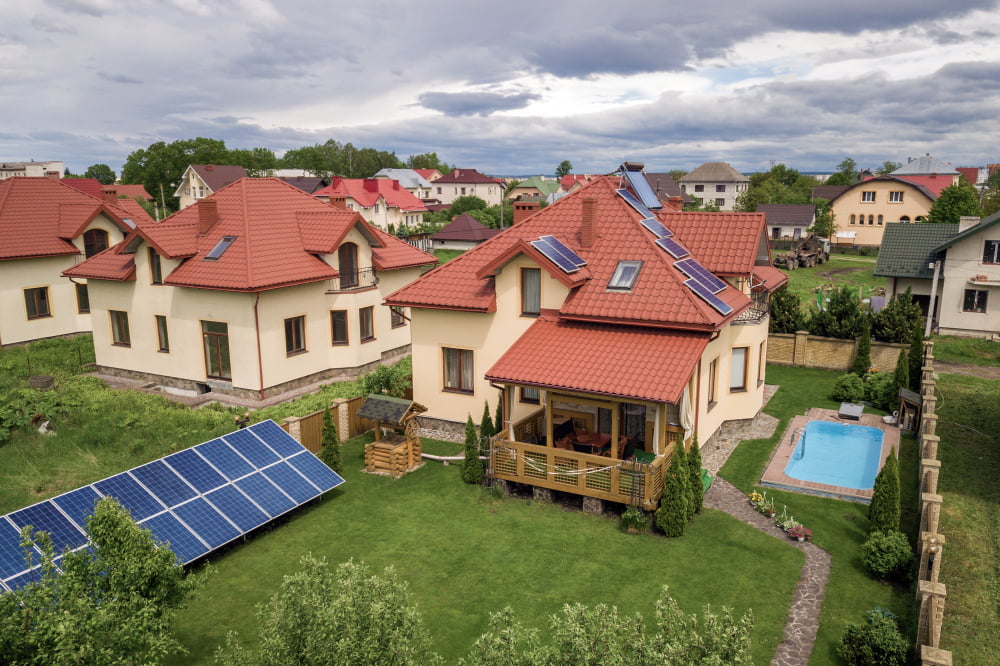
Solar panels are devices that capture sunlight and convert it into electricity, which can then be used to power appliances and other electrical items in the home. By strategically placing solar panels in the landscaping around a home, homeowners can take advantage of natural sunlight to generate their own electricity.
This not only reduces reliance on traditional energy sources such as coal or gas, but also helps reduce monthly utility bills by providing free electricity from the sun. Incorporating solar panels into landscaping designs can add aesthetic value to outdoor spaces while helping protect the environment at the same time.
Plant Windbreaks to Reduce Air Infiltration
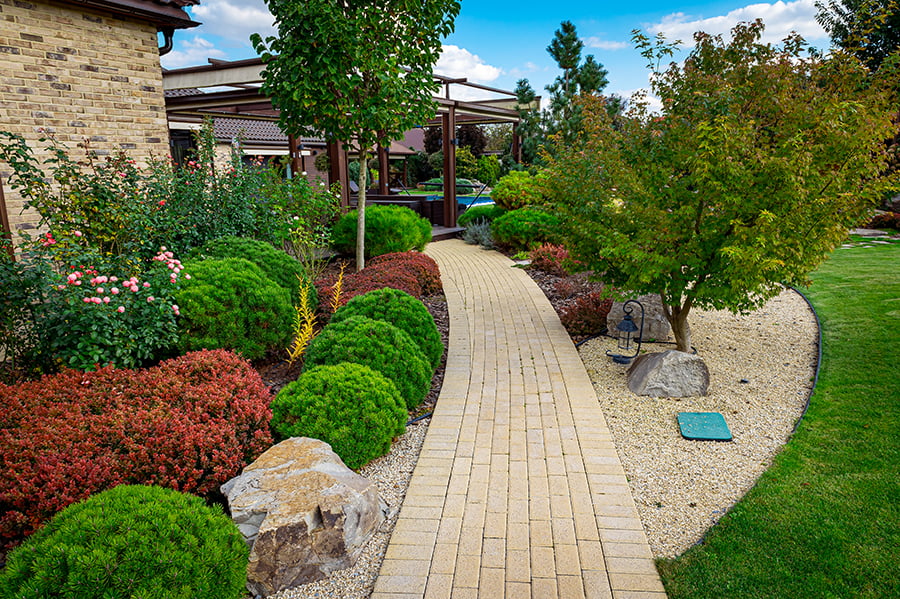
Windbreaks are trees, shrubs, or other plants that are strategically placed around a home to reduce air infiltration. By blocking strong winds from entering the home, windbreaks can help keep warm air inside during winter and cool air inside during summer.
This reduces the amount of energy needed for heating and cooling, resulting in lower energy bills. Windbreaks can provide privacy and add aesthetic value to a landscape design.
Utilize Rainwater Harvesting Techniques
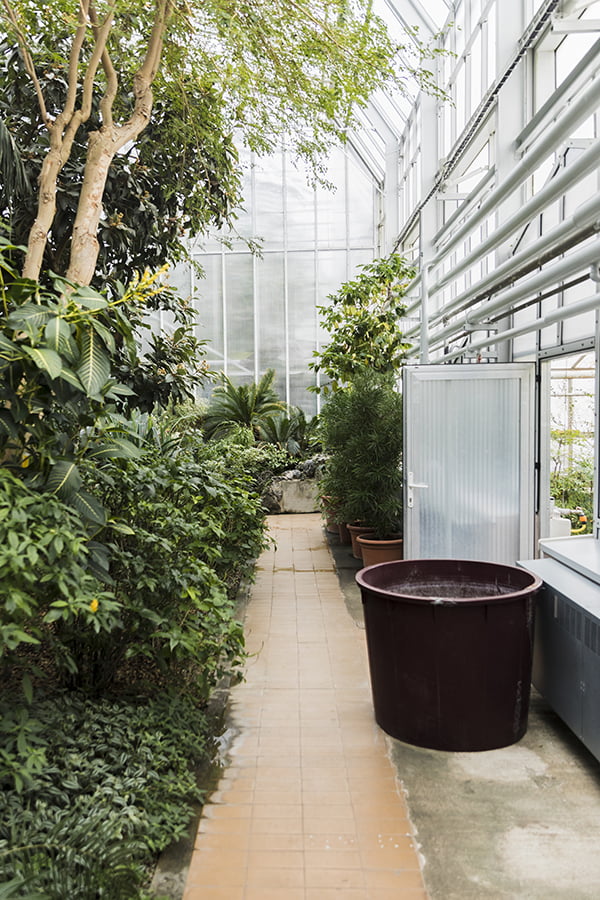
This involves collecting rainwater from rooftops, driveways, and other surfaces and storing it in tanks or cisterns for later use. The collected water can then be used for irrigation, flushing toilets, washing clothes and cars, and even drinking if treated properly.
By using this method of collecting rainwater instead of relying on municipal water sources, you can reduce your energy consumption by reducing the amount of electricity needed to pump water into your home. Since rainwater is free from chemicals like chlorine found in tap water, it may also help reduce the amount of pollutants entering our waterways.
Install Energy-efficient Outdoor Lighting Fixtures
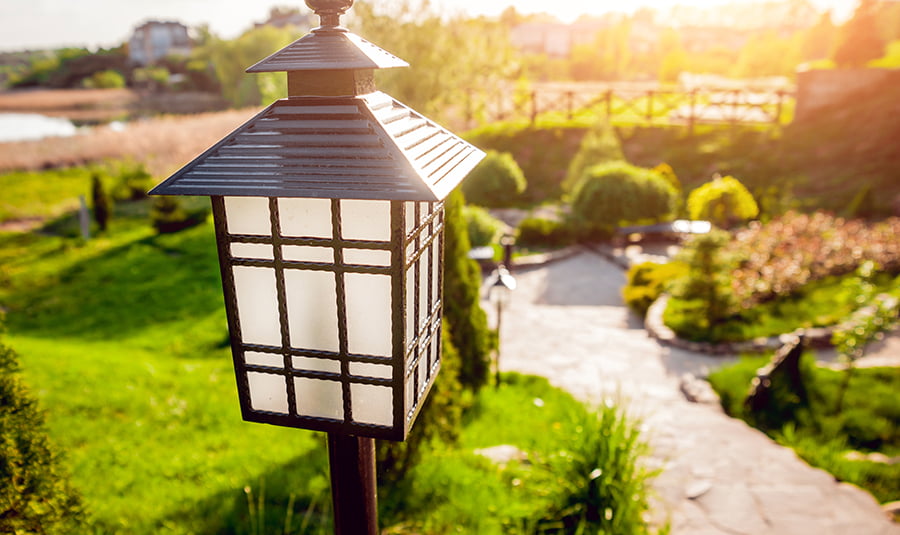
These fixtures use less electricity than traditional lighting, which can help reduce your overall energy costs. They are designed to provide bright and even illumination without wasting excess light or heat.
By strategically placing these fixtures around your landscaping, you can create a well-lit area that will be both aesthetically pleasing and more efficient in terms of energy consumption. Furthermore, installing motion sensors on these lights will ensure that they only turn on when necessary, further reducing their impact on your utility bills.
